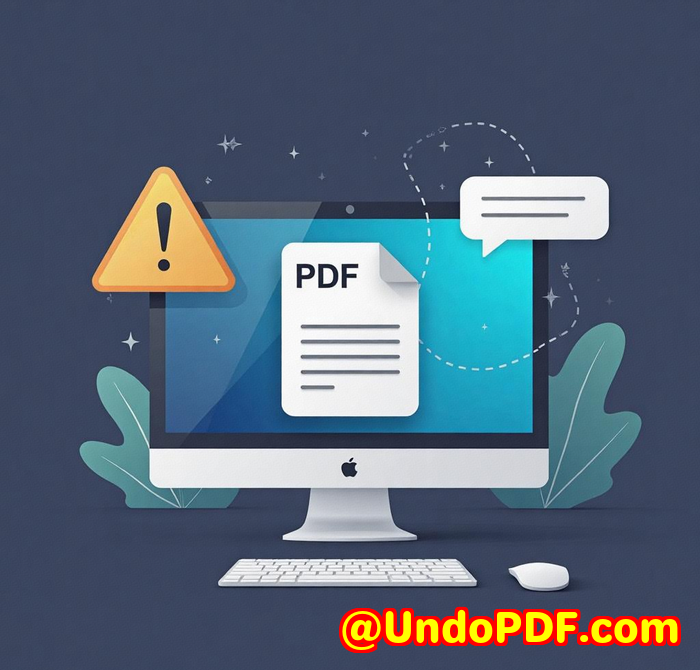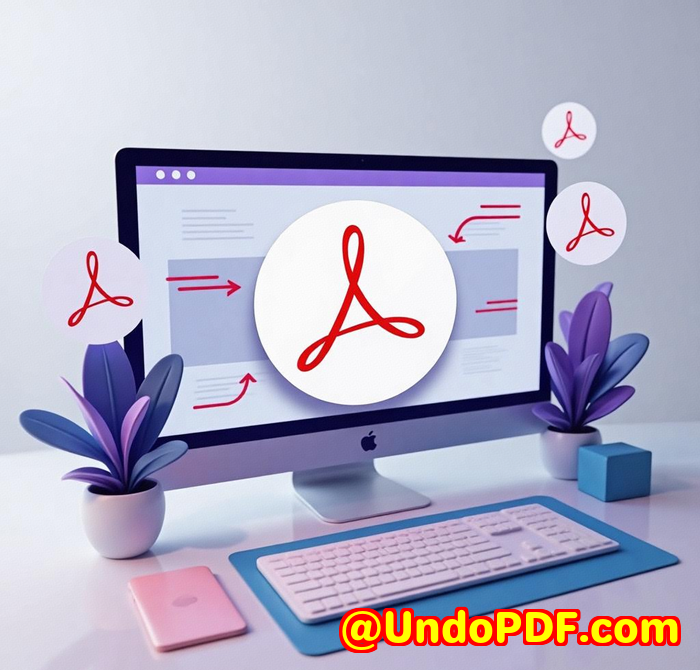The Best Webpage to PDF API for Developers in Healthcare and Medical Fields
The Best Webpage to PDF API for Developers in Healthcare and Medical Fields
Meta Description:
Speed up secure HTML to PDF conversions for medical apps with this HIPAA-compliant API trusted by developers in healthcare.

Every healthcare dev I know has hit this wall:
“How do I convert web pages or raw HTML into secure, reliable PDF documentswithout risking patient data or spending hours on workarounds?”
I’ve been there.
A couple of years ago, I was helping build a patient portal for a small private clinic. They needed an automated system to convert appointment summaries, patient education materials, and dynamic charts into downloadable PDFs. The kicker? Everything had to be HIPAA-compliant and real-time.
At first, I cobbled something together with open-source libraries. That patchwork solution was buggy, broke CSS layouts, and couldn’t handle responsive elements well. On top of that, security was a nightmare. I needed something faster, safer, and built for real-world healthcare scenarios.
That’s when I stumbled across VeryPDF Webpage to PDF Converter APIand I haven’t looked back since.
Why This API Solved My Problem Instantly
I’ll get straight to the point.
This API is built like a tank, but it moves like a sports car.
It lets you convert HTML to PDF in under 2 seconds. And I’m not talking barebones, stripped-down printouts. I mean full-on, CSS-polished, brand-consistent, medical-grade documents.
Here’s what clicked for me immediately:
-
HIPAA compliance baked in
You’re not going to find many HTML to PDF APIs that scream “built for healthcare.” But this one does. No documents are stored unless you ask for it. That alone made it usable for PHI.
-
Chrome-based rendering engine
It handles all the modern web assetscustom fonts, JavaScript charts, responsive layouts. What you see in your browser is what you get in the PDF. Game-changer.
-
Ridiculously easy integration
It’s RESTful. Use it with Python, Node.js, Ruby, whatever. No SDKs needed. Just a straightforward API call and you’re off to the races.
What Makes This API Ideal for Healthcare Devs
Let me paint a few real-world use cases:
1. Auto-Generating Medical Reports
Let’s say you’re building a medical imaging dashboard. Radiologists view results online, but patients need downloadable PDFs.
With VeryPDF’s API, you can:
-
Grab the HTML view of the report
-
Pipe it directly into the API
-
Return a beautiful, branded, encrypted PDFall in seconds
No temp files. No local rendering. Just smooth automation.
2. Dynamic Chart Conversion
We had a project with patient blood pressure and glucose levels graphed with Chart.js. We needed to convert that into a printable handout.
Other converters mangled the visuals or ignored the JavaScript altogether. VeryPDF handled it flawlessly. It waited for all page elements to load before converting, so nothing got cut off or misaligned.
3. Secure Documentation in Telehealth Apps
One of my freelance clients runs a telehealth platform. Doctors upload treatment plans via WYSIWYG editors. The backend converts that HTML into locked PDFs to share with patients securely.
VeryPDF’s 128-bit encryption and access control options meant we could restrict who could open or edit the fileswithout writing our own cryptography layer.
Let’s Talk Features That Actually Matter
You’re a developer. I’m not going to fluff this up. Here’s what’s worth your attention:
-
Fast conversion: HTML to PDF in ~2 seconds flat
-
Custom headers/footers: Add clinic branding, dynamic page numbers, or date stamps
-
Full CSS/JS support: Flexbox? Check. Google Maps? Yep. Tailwind layouts? No problem
-
RESTful API: Integrate it with any stack
-
Custom paper sizes and margins: A4, A3, letterset it your way
-
Grayscale or colour: Flip the switch for different print modes
-
Parallel processing: Handle thousands of conversions at once
-
Webhook support: Trigger automations when a PDF is ready
You’ll feel like you added superpowers to your backend.
How It Helped Me Ship Faster
Here’s where things got real.
We were on a tight sprint. I integrated VeryPDF into our Rails app in under 30 minutes.
I’m not exaggerating. I wrote a simple wrapper function, sent the HTML string to the API, got back the PDF URL, and passed it straight to the frontend.
No weird CORS issues. No browser-side hacks. It just worked.
A few days later, we used the same API to generate Open Graph images for patient blog contentlike “How to Manage Diabetes.” Same tool, different output. That kind of versatility saved us hours of dev time.
Why Not Use Other Tools?
I’ve tried most of the big names.
-
wkhtmltopdf: Broken CSS. Nightmare with modern frameworks. No JS support.
-
Puppeteer: Too heavy. Hard to scale. Painful error handling.
-
Browserless APIs: Usually not healthcare compliant. No guarantee of security.
VeryPDF? It gives you the power of Chrome rendering, without the baggage. And it’s built to play nice with healthcare workflows.
Final Word: You Need This if You’re in Healthcare Dev
Look, if you’re handling medical data, working on health platforms, or automating patient communicationsyou need PDFs that are fast, secure, and high quality.
This API nails it.
It’s become one of those backend tools I just expect to be there now. Like Stripe for payments or Twilio for SMS. It solves a problem I don’t want to solve again.
Click here to try it out for yourself:
https://www.verypdf.com/online/webpage-to-pdf-converter-cloud-api/try-and-buy.html
Trust meyour dev team and compliance officer will thank you.
VeryPDF Custom Development Services
If you’ve got unique needs, VeryPDF doesn’t stop at APIs.
They build custom solutions across Linux, Windows, macOS, and mobile. If you’re dealing with tricky PDF workflows or legacy print systems, they can build:
-
Windows virtual printer drivers to convert anything printed into PDF, EMF, or image formats
-
API hooks that monitor printer jobs or file system actions
-
Barcode generators, OCR tools, form processing software
-
Advanced document conversion systems using Python, PHP, .NET, and more
-
Cloud-hosted PDF and image conversion engines
Whether it’s HIPAA-friendly OCR, digital signatures, or monitoring printer traffic across a hospital networkthese folks know their stuff.
Need help? Reach out: http://support.verypdf.com/
FAQs
1. Is this API HIPAA-compliant?
Yes. VeryPDF doesn’t store data unless you choose to. It’s designed for secure medical applications.
2. Can I convert web charts and dynamic JS elements?
Absolutely. The API waits for JS-rendered content before convertingperfect for charts, graphs, and embedded maps.
3. Do I need an SDK to use it?
Nope. It’s a pure RESTful API. Works with any languagejust send the right call.
4. Can I batch convert multiple HTML files?
Yes. You can schedule batch conversions or run parallel processes using the API’s webhook system.
5. What if I exceed my conversion quota?
Overages are billed separately, and you can always upgrade your plan through the dashboard.
Tags / Keywords
-
Webpage to PDF API for healthcare
-
Convert HTML to PDF securely
-
HIPAA-compliant PDF generator
-
Automate medical document PDFs
-
API for healthcare developers
This is the best webpage to PDF API for developers in healthcare and medical fields. Period.



